SPEAKER TYPES
Horn loudspeakers
Prior to the late 1930s, speakers were incapable of sufficiently high volume to use for sound reinforcement applications, e.g., public address systems. This changed in 1937 when Metro-Goldwyn-Mayer introduced the Shearer Horn System for use in movie theatres. Similar to today’s designs, it was a two-way speaker system utilizing four 15″ low-frequency woofers and a multi-cellular horn with dual compression drivers providing the higher frequencies. The trio of engineers that developed this system was James B Lansing, Douglas Shearer, and John Hilliard.
Two years later, at the New York World’s Fair, Rudy Bozak came up with an outrageous system consisting of eight 27” woofers and an array of high-frequency horn tweeters. This was to be a standard that would take years to surpass.
In 1943 Altec Lansing produced the first co-axial (duplex) speaker, called the 604. This was a 15” woofer with a tweeter mounted on the opposite side of the main magnet and fired through a hole in the center of the pole piece of the speaker.
Two years later Altec introduced the “Voice of the Theatre” loudspeaker system. The Voice of the Theater system was accepted by the Academy of Motion Picture Arts and Sciences and became an industry standard in 1955, and still considered a classic design to this day by many audiophiles. Over the years there have been many improvements to both sound quality and performance and the Voice of the Theater remains in use today.
There are literally thousands of different designs of horn loudspeakers but there are only three basic types of horn speakers: Folded Horn, Transmission Line, and Direct Horn. At this point I will discuss the various types of the most conventional horn designs.
Direct Horn Designs
Some of the first speakers to arrive on the audio scene were direct horn designs. By mounting a direct radiating speaker at the base (or throat) of a horn a speaker gets an increase in dynamic capability and image size. The advantage of all horn designs is efficiency — more output with less power. There are numerous horn speakers that achieve greater than 100dB of volume with just one watt of power.
Folded Horn / Transmission Line Designs
The principle behind a folded horn is to allow the waveform to travel further and propagate lower bass frequencies while increasing efficiency. The engineering that goes into the many variants of folded horn designs is amazing. I am not going to attempt get into the engineering and physics as these represent some of the most complex designs found in any speaker.
Traditional Box Speaker designs
Vented Loudspeakers
Vented designs include both ported and slot loaded speaker designs. There are variations to each of these, including Venturi designs from BIC, “Flowport” from B&W, and others. Conceptually, companies are working to minimize the flow of air through the port or vent. Poorly designed versions have issues with port “chuffing” caused by uncontrolled air moving in and out of the port. The advantages of ported speakers are many, including greater efficiency and bass extension. The disadvantages include difficulty controlling the woofer movement and cabinet resonance issues.
Acoustic Suspension Loudspeakers
Up until the early 1950s if you wanted to produce big sound you needed big speakers. But in 1954 Edgar Villchur developed the acoustic suspension speaker design. Villchur, along with Henry Kloss, founded Acoustic Research in Cambridge, Massachusetts. Their original Model 1 utilized a single 12” woofer mounted in an airtight enclosure. It was most commonly paired with the JansZen model 1-30 electrostatic tweeter array to make a complete full range speaker system.
The acoustic suspension design uses a sealed speaker cabinet. This allows the back pressure of the box to control the cone movement of the primary speaker driver, resulting in better bass response from a much smaller speaker enclosure but at the expense of efficiency. Acoustic suspension speakers need more amplifier power than their ported counterparts. The Acoustic Research design innovation spawned numerous speaker companies, many still in existence today.
- ← Previous page
- (Page 2 of 3)
- Next page →

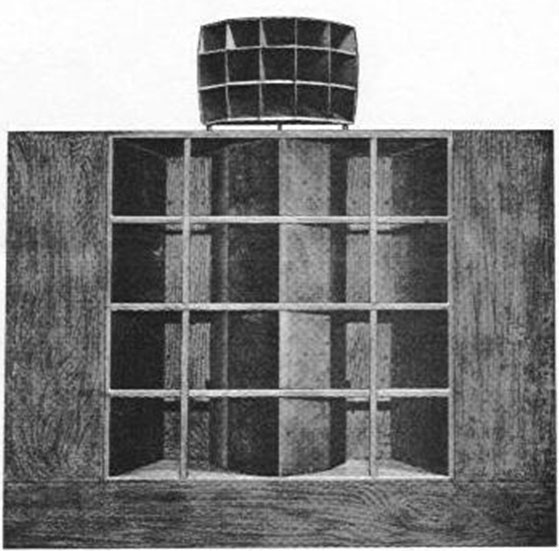
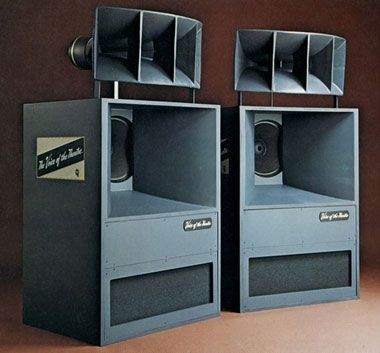
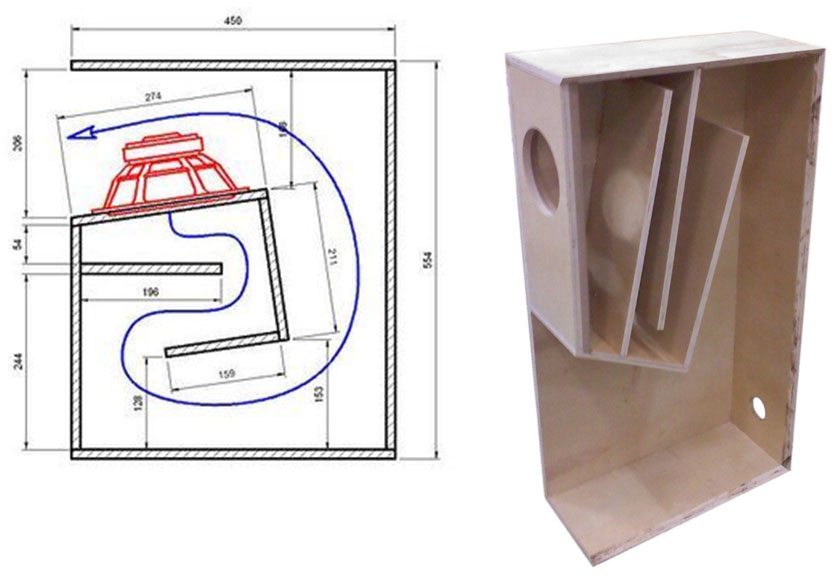
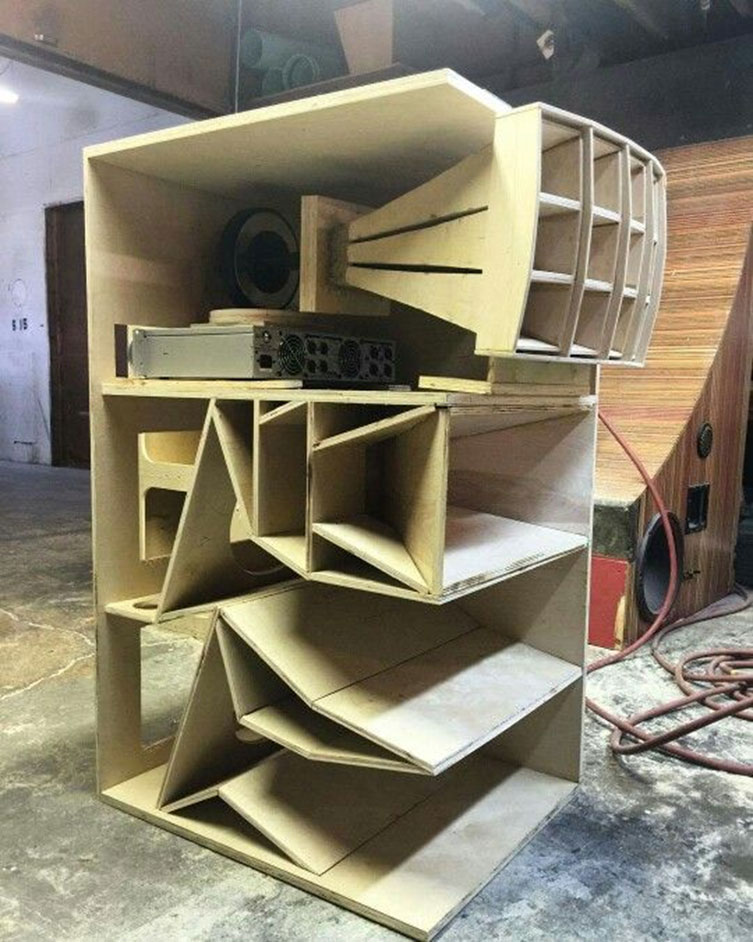
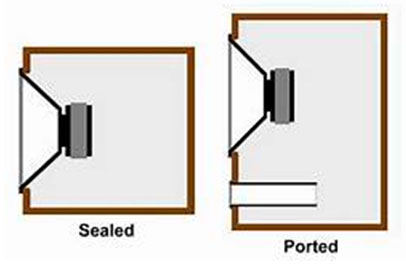
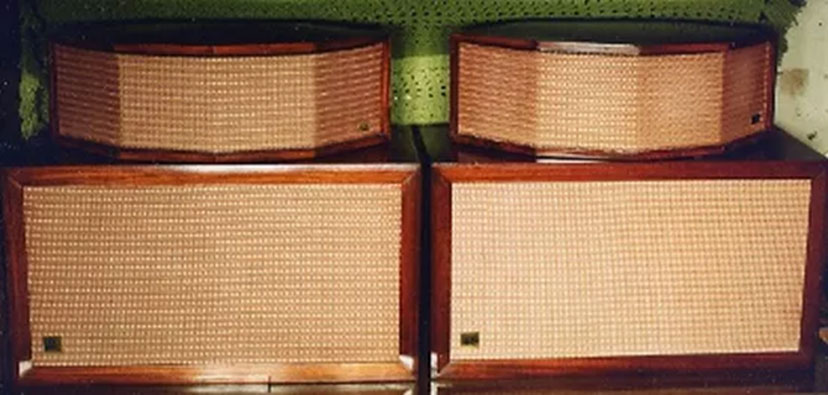
Very comprehensive and complicated for this non-techie! Two Questions: Is there any relationship between the development of speaker technology and development of hearing aids? Did you write this while on the high seas?
Your eldest cousin